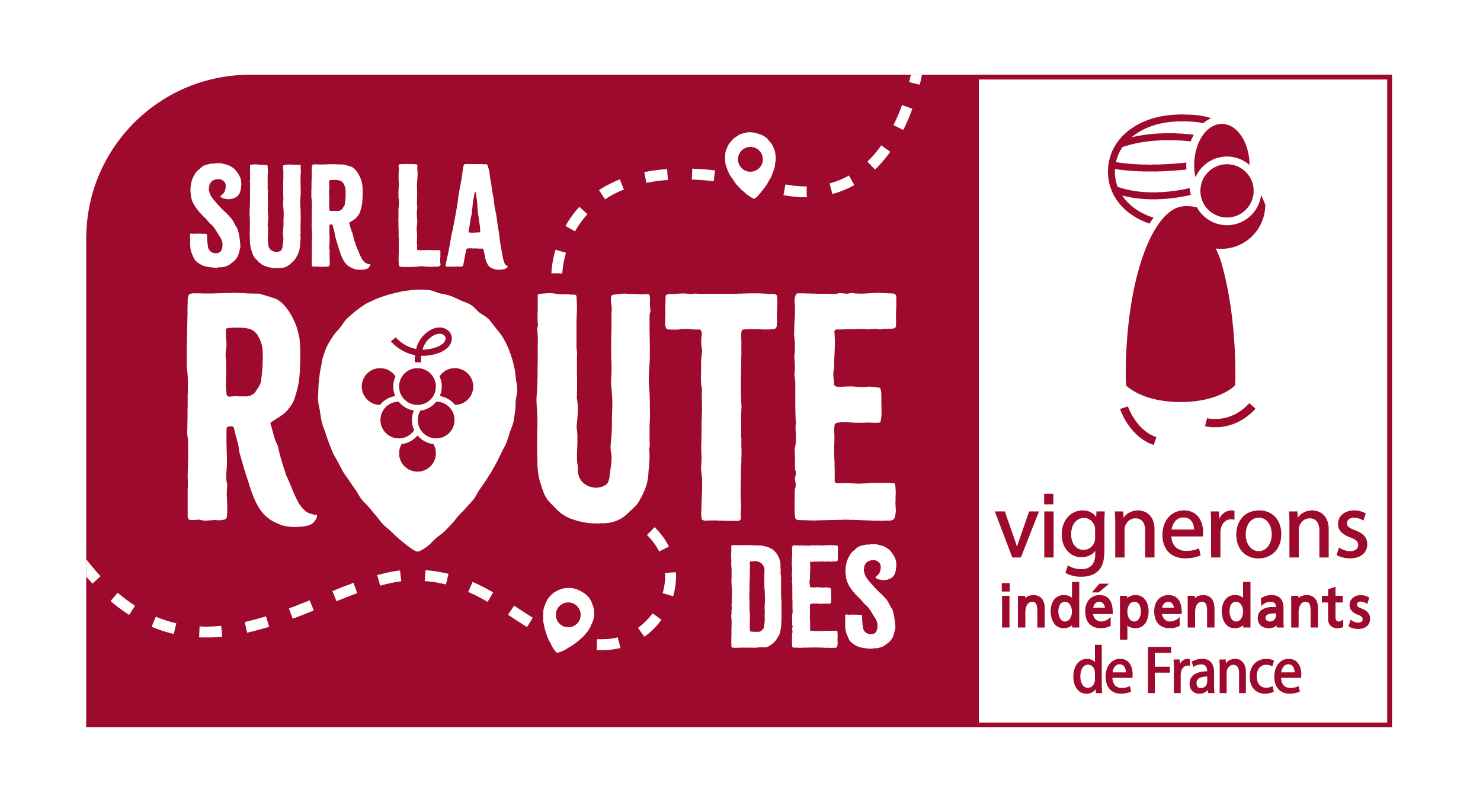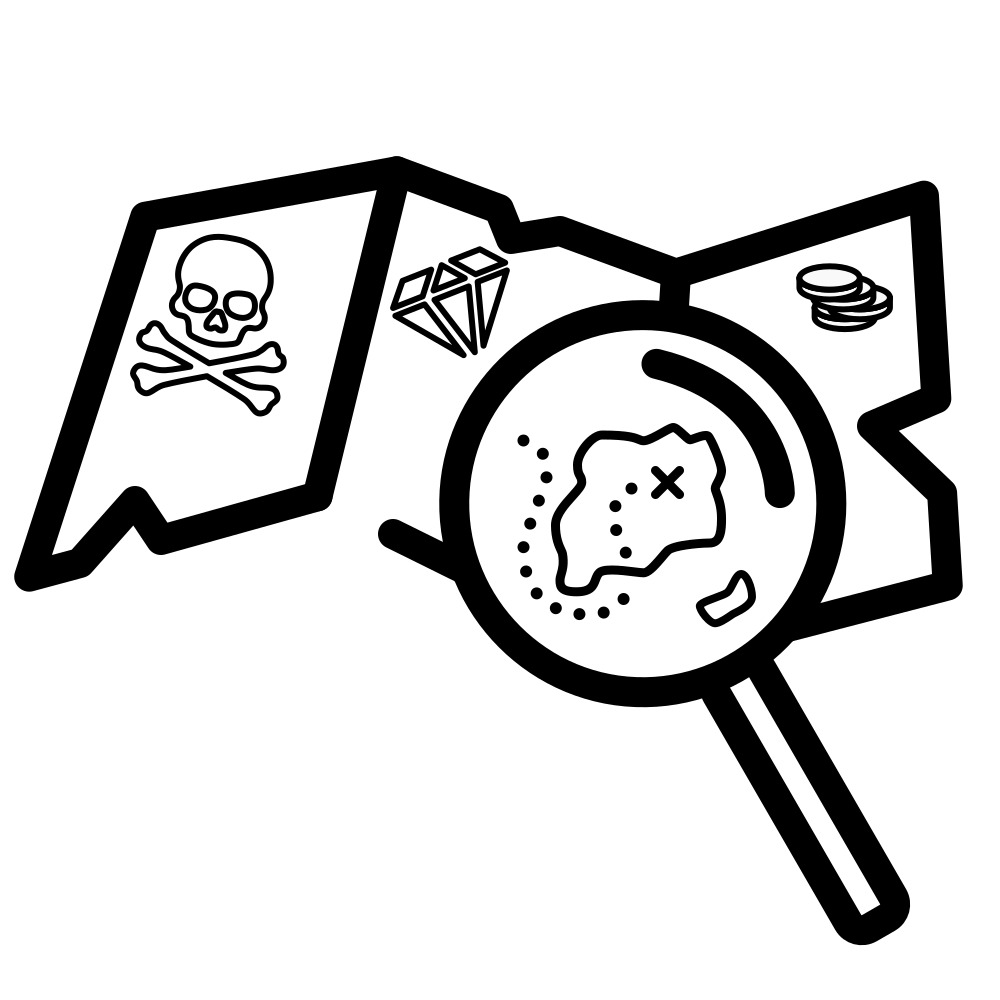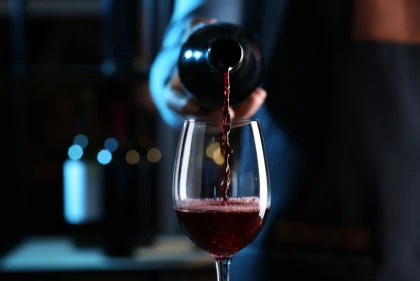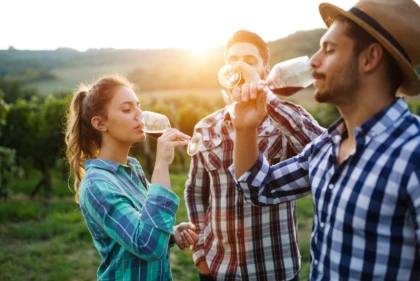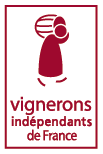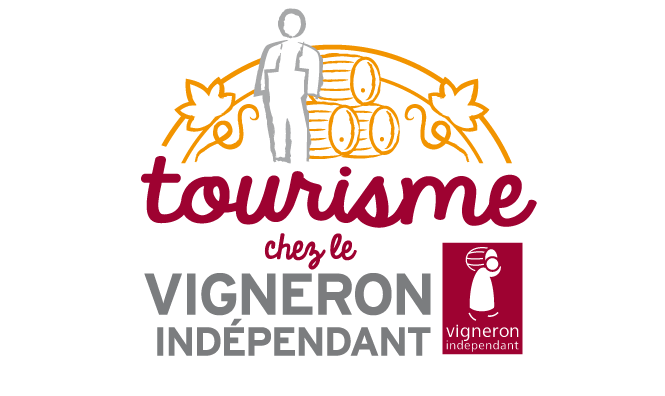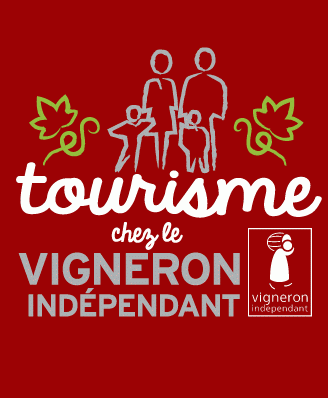Visual observation: wine color
The first step in tasting begins with visual observation of the wine. Pour the wine into a clear glass and carefully observe its color and clarity. Young red wines can range in hue from brilliant ruby to deep amethyst, while white wines can vary from straw yellow to intense golden. Wine color can reveal clues about age, concentration and even aging potential. Take time to appreciate the visual beauty of the wine before moving on to the next step.
Capturing aromas: the wine bouquet
Once the wine has been poured, tilt the glass slightly and dip your nose over the rim to capture the wine's aromatic bouquet. Take an initial breath to identify the first notes: fresh fruit like red berries or citrus, floral aromas like jasmine or rose, or even spicy nuances like cinnamon or pepper. Lightly swirl the wine in the glass to release more aromas, and take several slow, deep breaths to explore the wine's olfactory complexity.
Exploring the palette of flavors: delectation in the mouth
The final phase of tasting is to explore the wine's palette of flavors by tasting it. Take a sip and let the wine spread across your palate. Note the wine's texture: is it light and fresh, or rich and velvety? Explore the flavors that emerge as the wine lingers on your palate: ripe fruit like cherry or citrus, mineral nuances like limestone or wet stone, or woody notes like oak or cedar. Take time to savor each sip to fully appreciate the wine's complexity and balance.
To visually observe the color of a wine, use a clear glass and pour a small amount of wine into it. Hold the glass by the base and tilt it slightly against a white or neutral background to better distinguish the hues and clarity of the liquid. Natural light or a white light source can also help to appreciate the color of the wine.
Developing a palate for wine tasting takes practice and experience. Start by exploring a variety of wines and focusing on identifying aromas, flavors and textures. By participating in guided tastings or reading about different wine regions, you'll hone your sense of taste and smell to fully appreciate each wine.
The aromatic bouquet of a wine refers to the set of aromas detected by the nose during tasting. It can include a wide range of notes, from fruit and flowers to spices and woody notes. Each wine has a unique bouquet that can evolve and develop as the wine breathes into the glass.
Choosing a wine based on its flavors involves considering personal preferences as well as food and wine pairings. Opt for wines that harmoniously complement the dishes you plan to enjoy. For example, a robust red wine can go perfectly with grilled meat, while a dry white wine can accompany fresh seafood.
Wine tasting allows you to appreciate the subtle nuances and profound aromas of a wine, while exploring the culture and tradition behind each bottle. It's an enriching sensory experience that enhances the understanding and appreciation of wine and its terroir.
